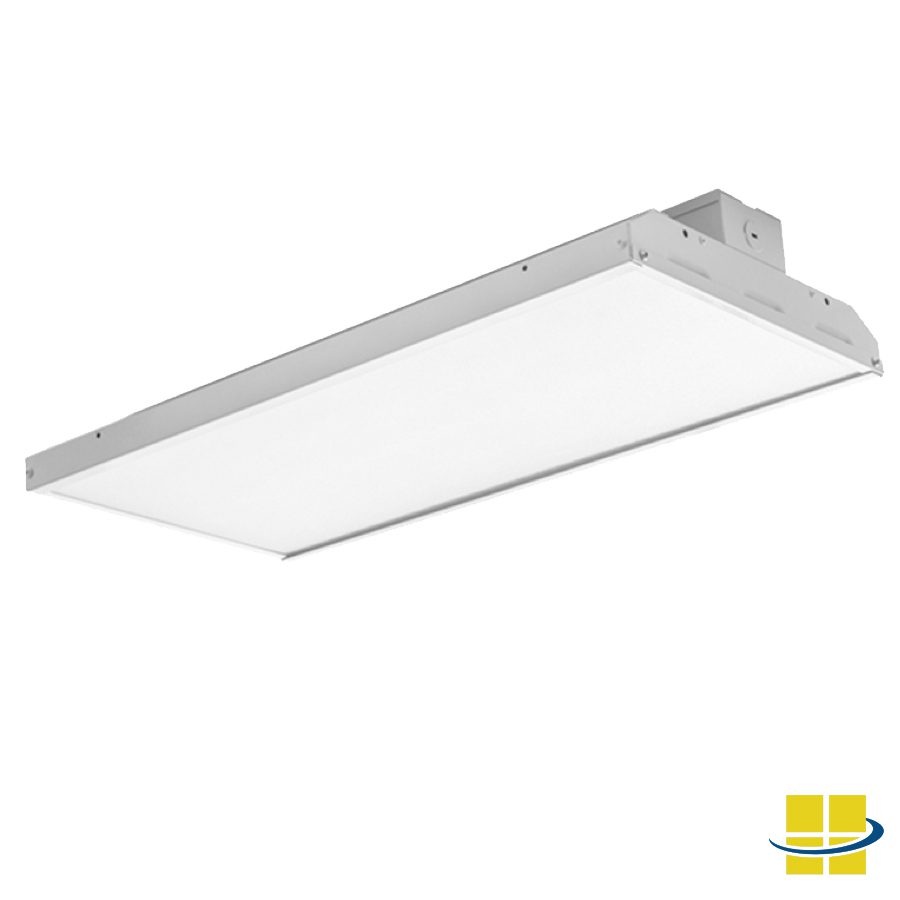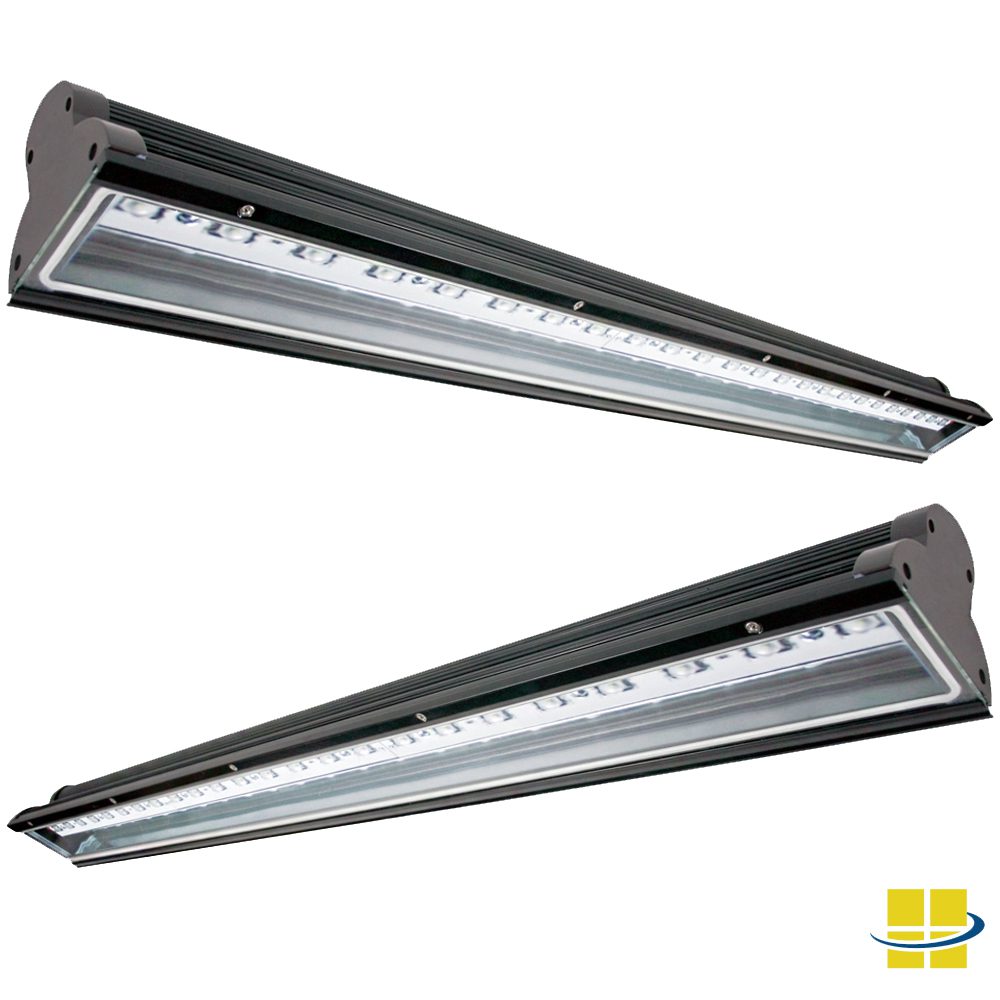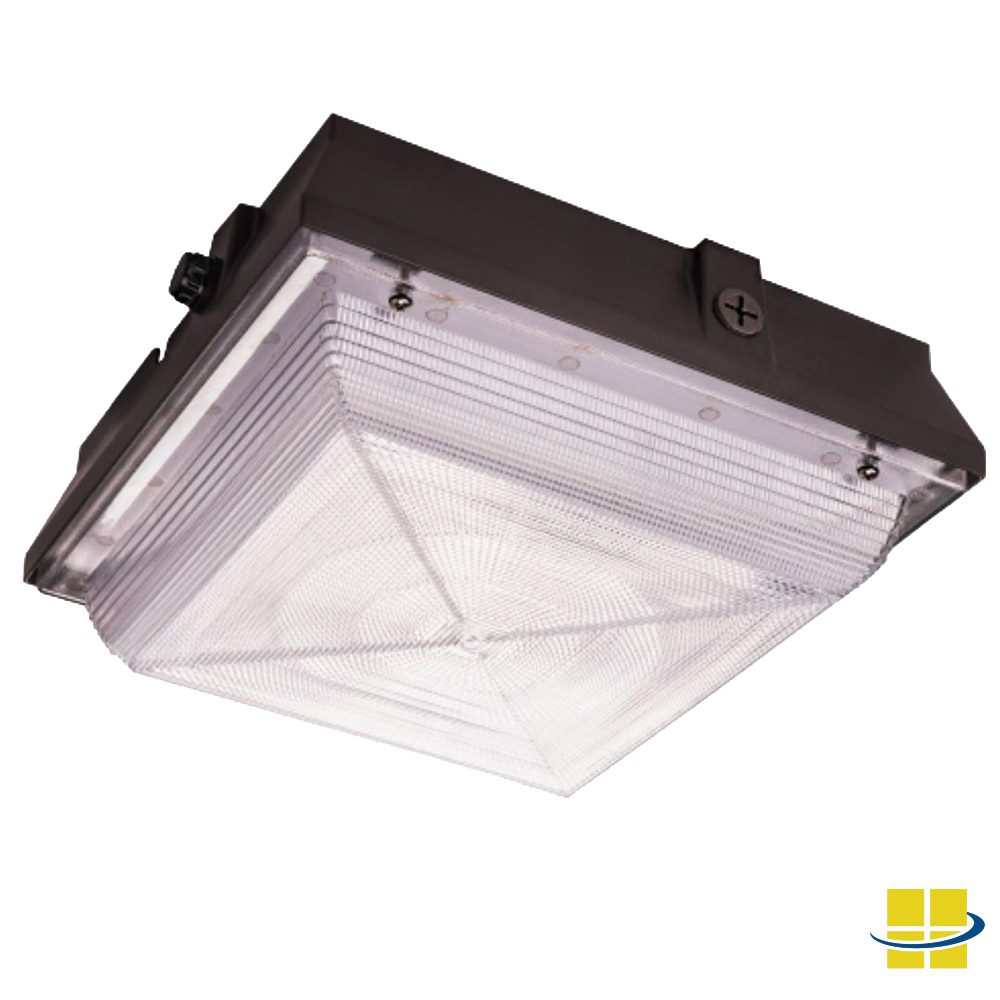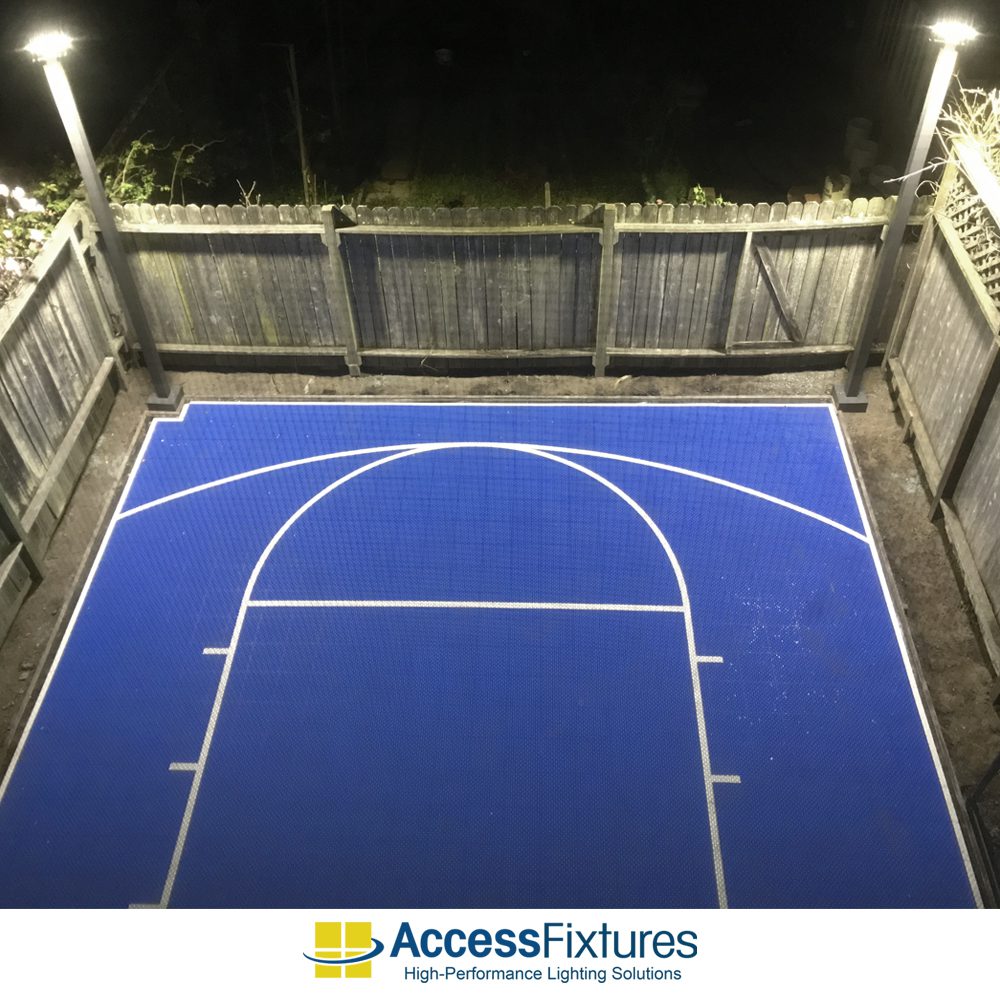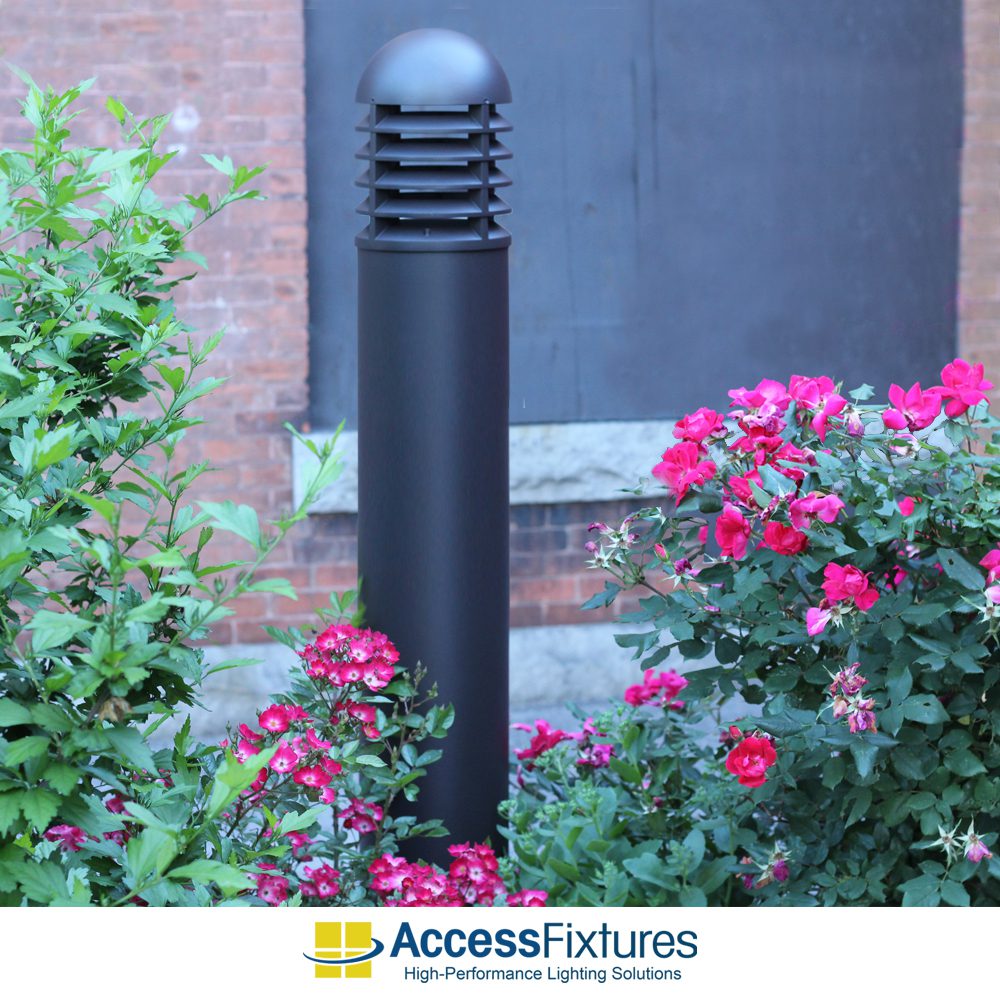With LEDs continuing to dominate the lighting market, there is still a number of people who are put off by the high initial costs of converting to LED lighting. In this article, we will be touching on the quality of light you can expect from LEDs, LEDs comparative resistance to vibration, how LED lighting will impact your electric bill, whether LEDs give off the same amount of heat as traditional lighting, and whether or not LED lighting is just another marketplace fad.
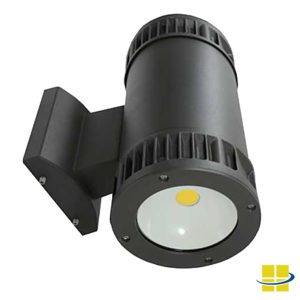
The HAMA 40w Up Down LED Wall Sconce is a low-profile, lightweight fixture for entry lighting, architectural lighting, wall up/downlighting, and more.
LED Lighting Conversion Myth #5: LED Lamps Are Not Vibration Resistant
Answer: Traditional lamps emit their light through filaments that can be dislodged if shaken, juggled, or tossed around. The design of an LED (a chip on a board) means there are no loose wires that can be dislodged from their connectors. Other than purposefully (or in some cases accidentally) smashing the outer casing of the lamp and damaging the LED board itself, an LED lamp will continue to work despite vibration. Some LED lamp are even designed without the traditional outer casing. Regardless, the lamp themselves are put through and must pass internationally-agreed-upon vibration tests as outlined by the International Electrotechnical Commission.
LED Lighting Conversion Myth #4: The Quality of LED Lighting Is Poor
Answer: All lighting apparatuses use what is known as color rendering index (CRI) to determine just how accurate colors will appear beneath the light. CRI is measured in a scale of 1-100, with 100 being perfect color rendition. A lower CRI rating will mean that not all colors will appear in a vivid fashion when illuminated. While you will not likely find the CRI information on lamp packaging, doing a quick online search for the product specifications will net you the CRI levels you seek.
LED Lighting Conversion Myth #3: LED Lamps Give Off the Same Heat as Traditional Light Lamps
Answer: LEDs do give off heat, but in neither the same way nor intensity as traditional lamps. They operate much more efficiently and can thereby avoid emitting the amount of heat emitted by traditional lamps. To give you an idea of the difference in heat between LED and traditional light sources, a study by LIFX reported that incandescent and halogen lamps reached temperatures of 357 degrees Fahrenheit while sections of the glass of CFL lamps were as hot as 267 degrees. The heat sink for a fully lit LED lamp, depending on the model, was tested and reached a temperature range of just 140 to 212 Fahrenheit. With the reduction of wasted energy, LEDs make for cooler operating temperatures.
LED Lighting Conversion Myth #2: My Power Bill Will Be Lower Without LED Lighting
Answer: When you make the change to LED, your power bill will drop significantly. If you haven’t yet made the switch to LED, you may have noticed that over the past two decades, the lighting portion of your bill has taken over a great percentage of the total amount. The reason: Other appliances continue to become more efficient; if you continue running HID, fluorescent, or incandescent lighting, lighting will become a larger percentage of your total spend.
According to Kichler, between 2001 and 2018, the representation of lighting on one’s electric bill has jumped from 8.8 percent to approximately 15 percent. With more and more appliances becoming energy efficient as time goes by, should your lighting fall behind the curve, it is expected that lighting could represent as much as a whopping 45% of your bill as soon as the year 2025. Imagine how much lower the electric bill could be if in 2025 you were able to take a chunk out of the would-be 45%?
To get an idea as to what your savings could be, check out our article on calculating your annual expenses for electricity.
LED Lighting Conversion Myth #1: LED Lighting Is Just a Phase. It Can’t Possibly Get Better.
Answer: LED is in a continued state of evolution. Whenever we think LED has reached its peak effectiveness and overall efficiency, a new innovation emerges. From expansions in lumen output, decreased chip sizes, increased overall life, and more, the evolution of LEDS is far from over. A study by the United States Department of Energy released in August 2017 states that in 2016, the increased penetration of LED lighting into the market provided the equivalent of nearly $4.7 billion in energy savings. It is also believed that if there was a 100 percent conversion to LED, energy savings of that magnitude could result in annual energy cost savings of nearly $44 billion. LED is not just a phase, anymore. It is a pure revolution!
Recapping Our Look at LED Conversion Myths
In this article, we covered another five LED myths surrounding lighting quality: Whether LED lamps are vibration resistant and if they have a series effect on electricity bills, how hot an LED lamp can get, and whether or not the LED revolution is real or just a bunch of hype.
Do you have any questions about LED lighting and conversion that you would like answered? Are you hearing any myths you’d like us to debunk? If so, please feel free to get in touch with one of our lighting specialists by phone at 800-468-9925 or by email at [email protected].

